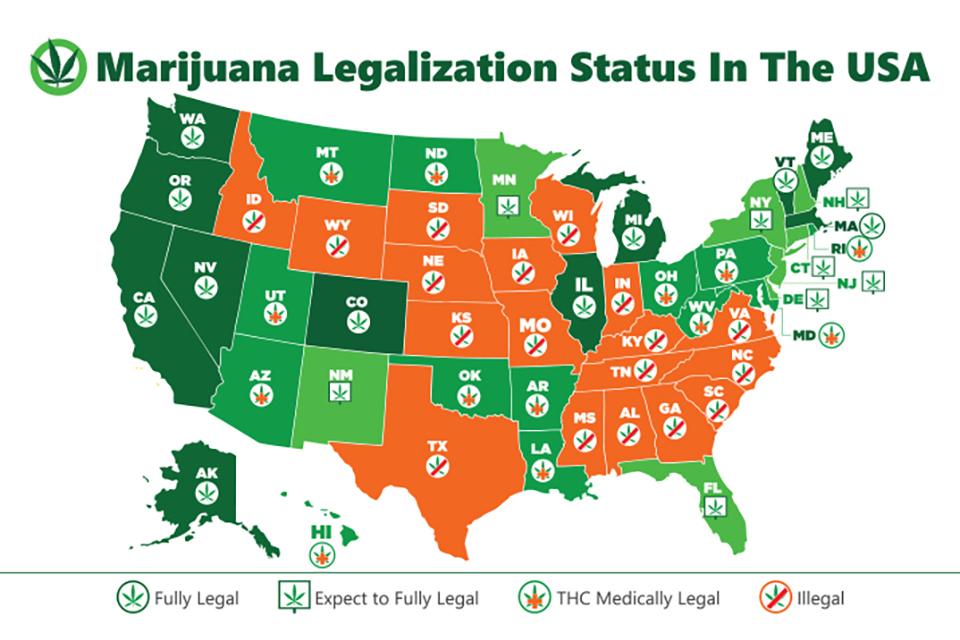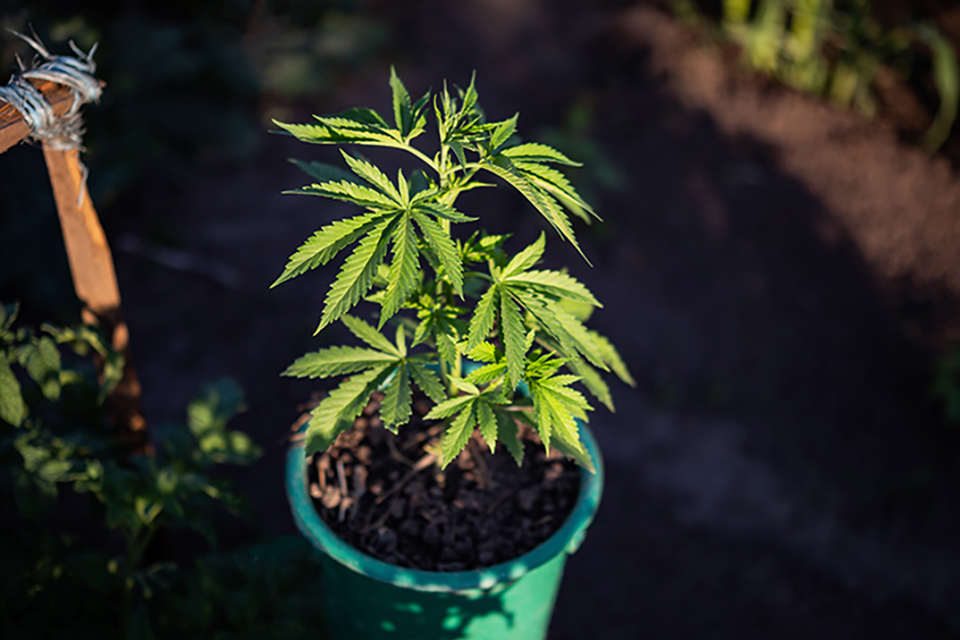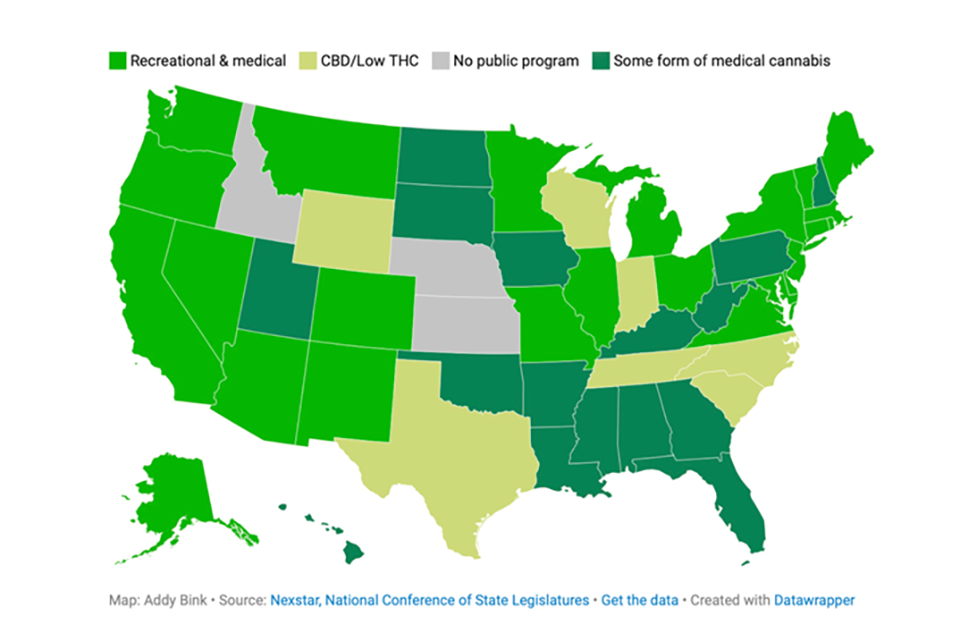
The legalization of marijuana in many states has been a blessing to many people with a passion for growing and using it. However, the legal status of growing weed still varies greatly from state to state. If you are interested in growing your own plants at home, it is important that you do your research well to determine the legality of growing weed in your state before getting started.
There are many resources online that you can use to find specific information about growing and using cannabis in your state. This post will help you research the legal requirements for growing weed plants. It will also provide essential tips you need to know to source high-quality seeds to help you get started.
Know the Laws in Your State
The first step you should take when researching the legal requirements for growing weed plants in your state is to understand the local laws governing marijuana. Every state has laws that dictate whether or not you can grow weed plants. Go to your state’s official government website for specific information even before you get started.
There are also many free resources online that you can use to determine the legality of growing weed in your state. For example, NORML, a non-profit organization that advocates for the reform of marijuana laws, provides in-depth information on the legality of growing marijuana in all states.
Another great option to find the up-to-date information is to visit a local cannabis advocacy group or talk to legal experts in your area. You can check for the contacts or locations of advocacy groups and legal experts at The Cannabis Industry Organization.
Research State-Specific Resources
To get more detailed information on the legal requirements for growing weed plants in your state, you can turn to state-specific resources. Start by visiting the official government website for your state. Most state websites have a section dedicated to marijuana laws and regulations that provide information on the laws and regulations surrounding marijuana cultivation, so this is a good place to start.
In Connecticut, for instance, you can visit portal.CT.gov to find information on the legal requirements for growing marijuana plants. If you live in California, you can visit cannabis.ca.gov to get in-depth information on cannabis home cultivation laws that vary by state.
Next, check if your state has a specific agency or department that oversees marijuana regulation. Some states have a dedicated agency or department that handles all aspects of marijuana regulation, including cultivation. If your state has such an agency or department, you may be able to find more detailed information on their website.
Check Local Ordinances
In addition to state laws, it’s also important to check local ordinances in your city or county. Some cities and counties may have additional regulations or restrictions on growing weed plants, so it’s important to be aware of these as well. You can usually find information on local ordinances by visiting the website of your city or county government.
It is important to check local ordinances while researching legal requirements for growing weed plants in your state because local ordinances can vary from state laws. Local ordinances can include zoning laws, which can restrict where you can grow marijuana, and building codes, which can require certain safety features in your grow room.
For example, in California, local ordinances can vary from city to city. Some cities have banned outdoor cultivation of marijuana, while others have banned indoor cultivation. Some cities have also placed restrictions on the number of plants you can grow and the size of your grow room.
Understand the Limits on Plant Numbers
In most states where it is legal to grow weed plants, there are limits on the number of plants that you can grow for personal use. It’s important to know these limits so that you don’t accidentally exceed them. Growing more plants than allowed by law can contravene state laws and may result in criminal charges. Again, you can usually find information on plant limits on state and local government websites.
Understanding the limits on the number of weed plants you can grow can also help prevent overcrowding of plants that often result in negative environmental impacts. These laws are passed to protect the plants as well as the environment they grow in. Therefore, take the time to understand the laws that ensure growers in your state do not exceed a certain threshold when growing weed.
Consider Getting a Medical Marijuana Card
In some states, it is possible to grow more weed plants or circumvent certain restrictions if you have a medical marijuana card. For example, in California, you can grow up to six weed plants for personal use, but with a medical marijuana card and a doctor’s recommendation, the law allows you to grow as many as 12 plants.
Find a Reputable Seed Supplier
Once you have done your research on the legal requirements for growing weed plants in your state, the next step is to find a reputable seed supplier. There are many seed banks out there, but not all of them are created equal. Look for a supplier that has a good reputation, offers a wide variety of strains, and provides helpful information on growing and cultivating marijuana plants. Some of the best weed seed suppliers may also provide invaluable advice that will make growing weed plants fun and adventurous.
Conclusion
Growing weed plants at home can be a fun and rewarding experience, but it’s important to do your research and understand the legal requirements in your state. Since the legal status of growing and using weed changes quickly, you should routinely monitor your state and federal resources for changes if it is still illegal to grow weed plants in your state.
The tips provided in this post are by no means legal advice, but they can point you in the right direction if you are looking for somewhere to start. If you are ready to start planting, explore the wide variety of high-quality weed seeds on kindseed.com.



